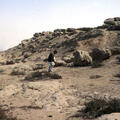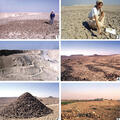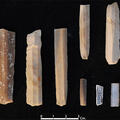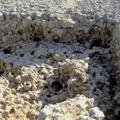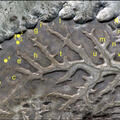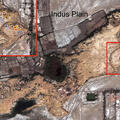Why so many different stones? The Late (Upper) Palaeolithic record of Sindh reconsidered
The research carried out in Sindh during the last forty years, and the study of the chipped stone assemblages stored in Karachi University collections, show that Late (Upper) Palaeolithic [50,000-10,000 years ago] complexes are known from at least five regions of Sindh. Most sites are located close to good quality raw material outcrops and freshwater sources.

